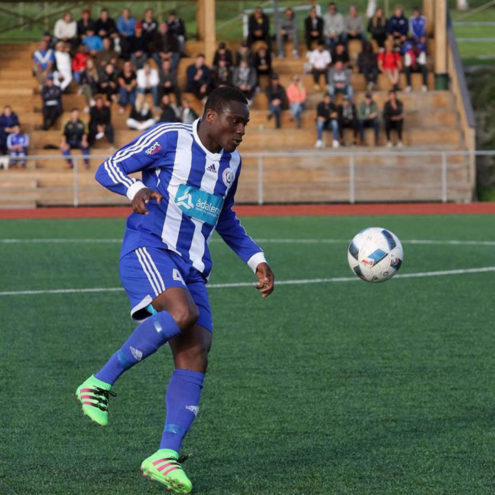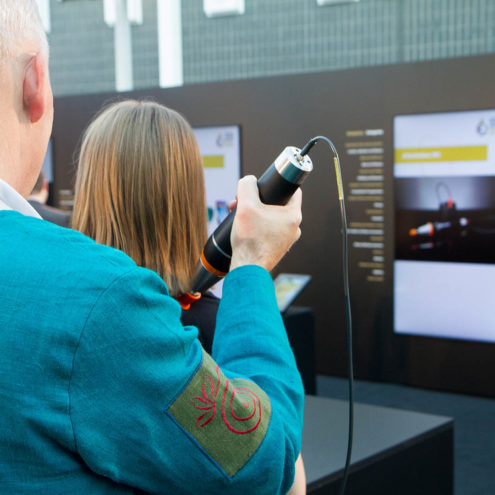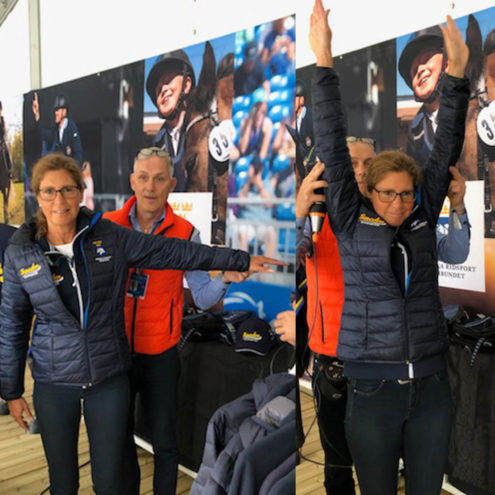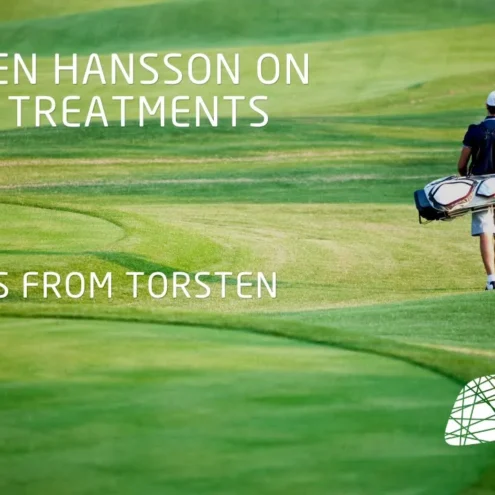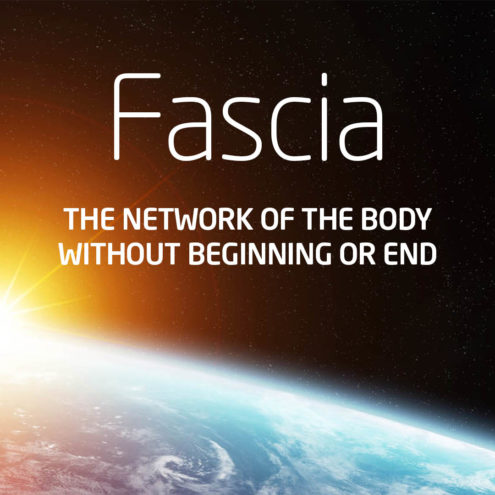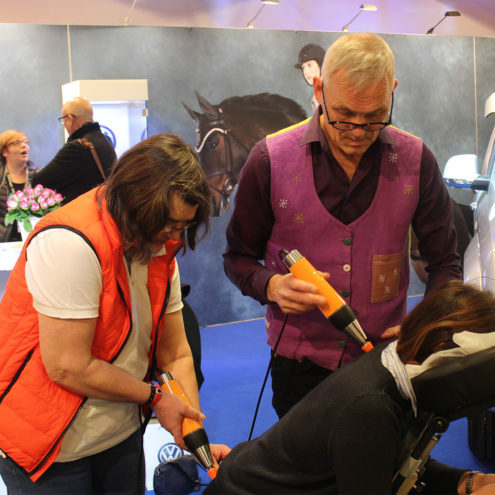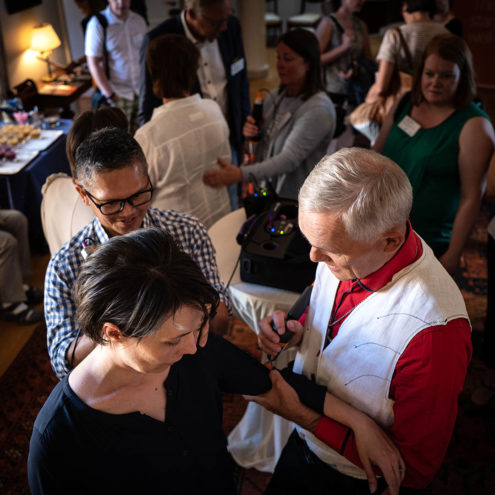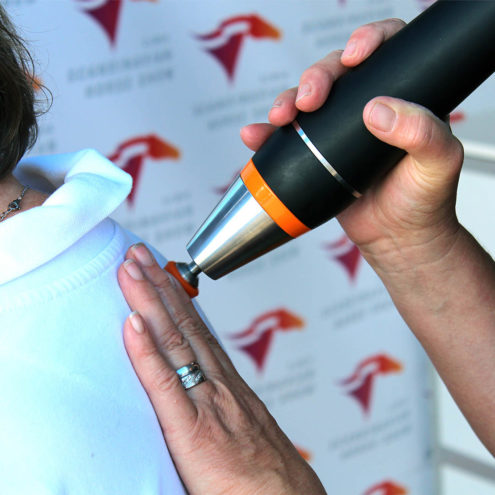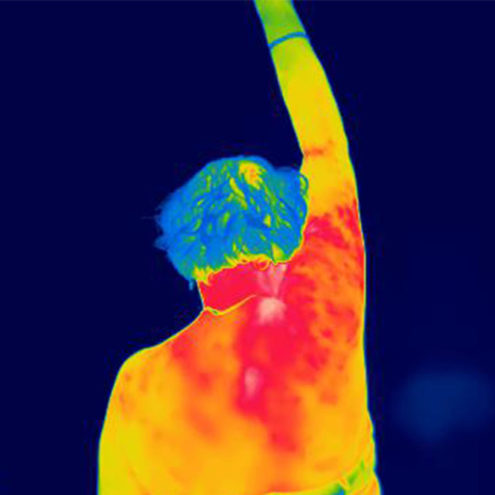Straight Leg Raise Test & Lasegues Test
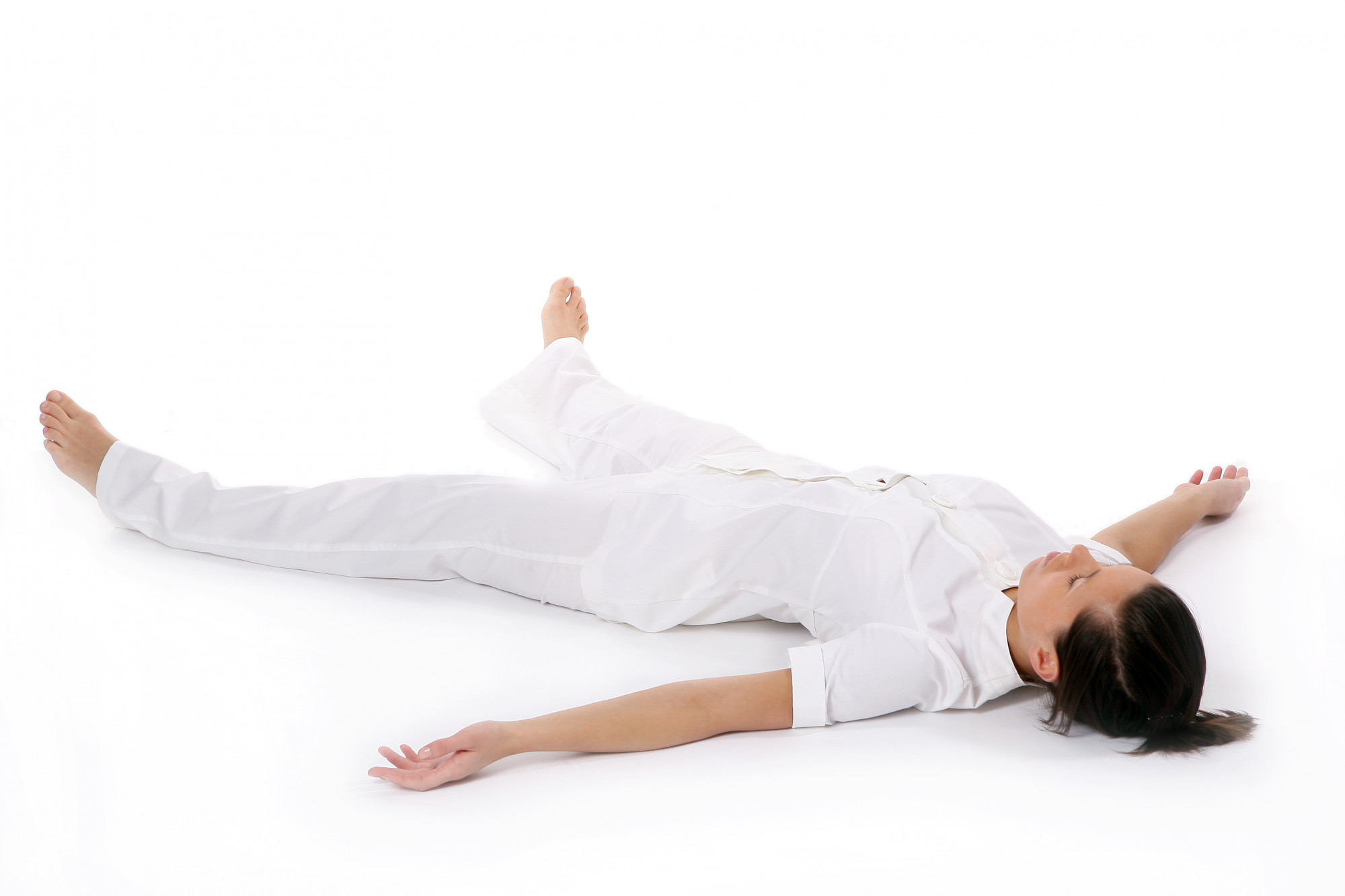
What is the purpose of these tests?
The Straight Leg Raise Test (SLR) and Lasegues Test are diagnostic tools used to assess the presence of low back pain and nerve impingement, especially associated with a herniated disc. These tests help identify irritation or compression of the sciatic nerve, which is often caused by a lumbar disc herniation.
How to conduct these tests?
Straight Leg Raise Test (SLR)
Patient position: The patient lies on his/her back on a flat surface with legs straight and relaxed.
Procedure: The examiner lifts the patient’s leg with one hand under the heel and the other hand placed on the knee to keep the leg straight. The leg is slowly lifted upwards until the patient feels pain or discomfort.
Observation: The test is considered positive if the patient experiences pain in the lumbar spine or along the sciatic nerve when the leg is lifted between 30 and 70 degrees. This indicates nerve impingement, often from a herniated disk.
Lasegues Test
Patient position: The patient lies on his/her back on a flat surface with legs straight and relaxed.
Procedure: The examiner lifts the patient’s leg as in the SLR test. When pain occurs, the examiner lowers the leg slightly until the pain subsides. The foot is then dorsally flexed (foot bent upwards).
Observation: If the pain returns or increases when the foot is dorsally flexed, this indicates a positive Lasegues Test, which strengthens the suspicion of nerve impingement from a herniated disc.
Other examination methods for herniated discs with nerve involvement
What is a herniated disc with nerve involvement?
A herniated disc with nerve impingement occurs when one of the intervertebral discs in the spine bulges and presses on nearby nerves. This can cause pain, numbness and weakness in the areas supplied by the affected nerves.
Treatment for your problems at the FasciaClinics
At the FasciaClinics, we understand the challenges of herniated discs and the pain and limitations they cause. The FasciaClinics treatment consists of balancing the body, releasing the pressure that exists in the body due to the extra strain put on the body to compensate for an injured area. The body will try to rebuild and strengthen other areas to cope with the weaknesses caused by the herniated disc.
The aim of the treatment is to restore the optimal balance in the body by releasing tension so that the load on the back and joints is evenly distributed. It is important to try to identify the root cause of the imbalance and disc herniation and then address it. This is done while relieving and removing the pressure that the body has accumulated to overcome the herniated disc.
The treatment is very comfortable and gentle and does not hurt. The treatment can be time-consuming as there is no quick solution, especially if you have been walking with imbalances and misalignments for many years before the herniated disc occurred. It then requires several treatments to maintain “straightness” and balance, as posture and balance are essential to avoid misalignment of the vertebrae and disks.
Contact us today to book a consultation and start your journey towards pain freedom and improved quality of life.
 Search
Search





